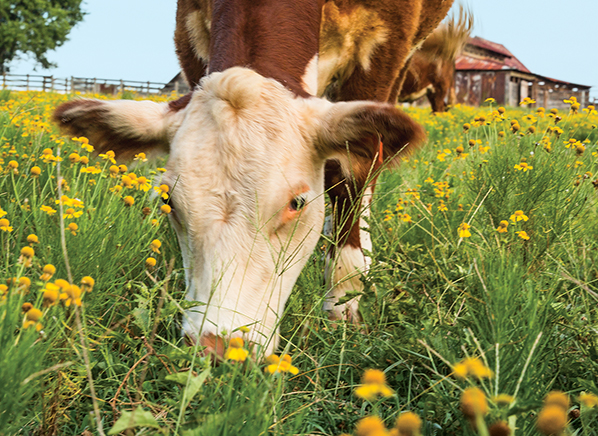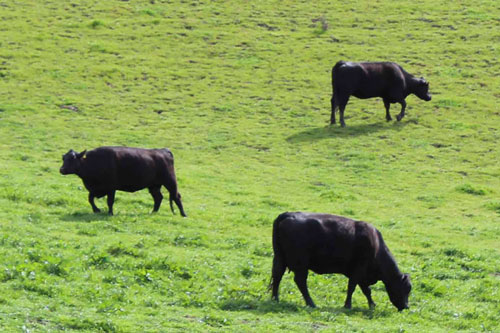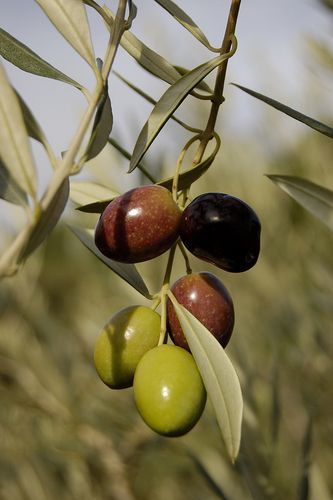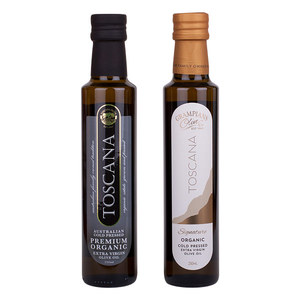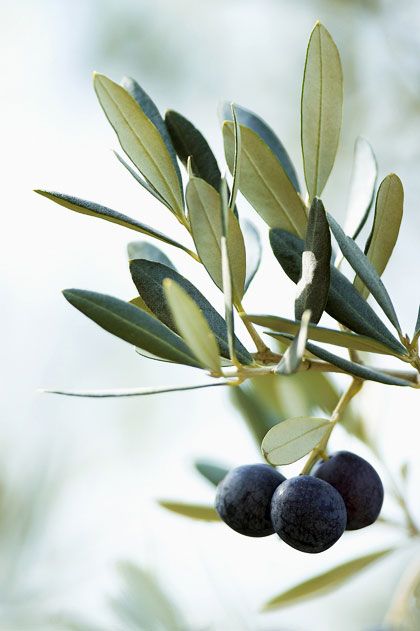10 Mantras for a more peaceful life
Guest User
Challenges and setbacks are an inevitable part of life but it’s how we respond to them that defines us. There are numerous forms of stress management techniques we can use to help us create more peace and calm in our lives like meditation, yoga, spending time in nature, walking, tai chi, qigong, tremor release, fascia release, laughter and vigorous movement. But what do you do in the heat of the moment when the shit hits the fan and it’s not practicable or feasible to do any of the above? What if you’ve had an accident or just processing some devastating news or your child is throwing a massive tantrum in public or you’re about to walk into a confrontational meeting? That may really not be the time or place to whip out the yoga mat or lay on the floor and start tremoring or foam rolling or sit cross legged on the floor and start meditating. In the heat of the moment or whenever you feel overcome with anguish, we can rely on mantras to help us through. Simple phrases that can be said silently inside your head anywhere at anytime without anyone knowing that can act as an anchor point to bring presence and perspective to our lives.
There’s a Sanskrit phrase “yad bhavam tat bhavati” which means what we think we become. This is testament to the immeasurable power of our thoughts. Your brain believes whatever you tell yourself which is why we need to be mindful about our self talk. Just like food, we can train ourselves to healthy swap those damning, critical thoughts often playing on autopilot with healthier, more positive ones.
I share below some of my favourite mantras that I commonly use that have helped me get through challenges and set backs:
1. “You are exactly where you are supposed to be”
I started using this phrase about 5 years ago shortly after I separated from the father of my children after a 17 year relationship. I remember extolling in sobbing song and verse to a friend the bitter hardship of that period as I was trying to re establish my life. After listening to my wailing woes for a good fifteen minutes she replied simply with “Soulla, you are exactly where you are supposed to be.” This one phrase stopped me dead in my tracks. I didn’t appreciate it at the time, but I had to go through every trial and hardship to become the person I am today.
Everything happens for a reason even though at the time we might not appreciate why and think life is bitterly unfair, sinking into victim mentality. But hindsight is a wonderful thing. When I look back on every setback and challenge I have experienced in my life I can see the lesson I had to learn or how my life was later all the more enriched for it.
When things are difficult I tell myself “I am exactly where I am supposed to be” and just saying this over and over gives me a measure of reassurance that all will be ok.
2. “Just Breathe! Breathe! Breathe!”
Ok so I pull this one out when the shit really hits the fan. In those painful moments when everything falls to pieces in a split second and you feel your world collapsing around you and you know it’s going to get really really ugly. Like when you’ve lost ALL your points on your drivers licence, you’re on a 12 month good behaviour period which involves zero scope for errors or it’s sudden death, and with just a few weeks to go to the end of the probation period you get pulled over by a cop. You feel the blood pulsing in your veins, your heart is pounding so hard you think you can hear it, your body temperature increases, your sweat glands pump and you feel like fainting. Yep, those moments. You know the ones I’m talking about. All I can do in those moments is to remind myself to just breathe, for there ain’t anything else I can physically or mentally do. Just breathe. I resort to the most simple and foundational act we can all do: breathe. And when I realise I’m still alive after that one breathe, all I can do is take a second breathe, then another. It’s as though there’s no scope for anything else, but just to breathe.
Dr Libby Weaver in Rushing Woman's Syndrome articulates how the breath is the foundation pillar of calm. "The breath is the only way we can consciously affect our autonomic nervous system (under subconscious control). This is why it is the crucial strategy for cultivating calm. If your breath leads, your body follows. Nothing communicates to every cell of your body that you are safe better than your breath. If you breathe in a shallow way, with short, sharp inhalations, then you communicate to your body that your life is in danger. Long slow breathing that moves your diaphragm communicates that you are safe.”
3. “I am refusing to rush”
I often find myself running around (quite literally) as if each task I’m undertaking is a relay race and I’m sprinting hard to hand over the batton like my life depended on it. I learnt this from my mum, the highly industrious bee that she once was, watching her run from laundry to clothes line to kitchen like she was being chased by a sabre toothed tiger. When I find myself or my mind racing with “I have to do this, then that, then this” I stop myself with “I am refusing to rush”. It immediately slows my racing mind down and my body follows.
I have noticed that others around me benefit too when I use this mantra. When I cut yourself a bit of slack and become easier on myself, I become easier on other people (especially my kids!).
4. “I am enough”
I pull this baby out when that tape starts playing in my mind that goes something like: “Is this all I have achieved [today/ this week/ this month/ this year/ in my life]? Why haven’t I written that damn cookbook yet? Why am I so slow at fulfilling my goals? Look at everyone else shining so brightly and killing it- what’s wrong with me? I haven’t ticked off a single thing on my to do list today, no wonder I’m so hopeless”. Yep, you know that ol’ chestnut. I then gently remind myself that “I am enough”. Just being me is enough. I have done enough, I have created enough, I AM enough.
5. “This too shall pass”
I think this mantra is of Buddhist origin, denoting the impermanence of life- meaning that everything is transitory and nothing - the good, the bad and the ugly- lasts forever so it’s futile to cling onto strong emotions as they are fleeting.
I remember using this mantra often after my son was born and I was pacing up and down the hall way rocking him in my arms as he was crying uncontrollably and I had no idea why. AIl I could offer myself in those moments of frustration and anguish was a reminder that “This too shall pass”. And of course it always does.
6. “Surrender is the greater meditation”
As a former control freak, I have learnt the need to surrender to what i can’t control and to make peace with it.
As in the famous Serenity Prayer “God grant me the serenity to accept the things I cannot change, courage to change the things I can, and wisdom to know the difference.” It’s surrendering to what we can not change that gives us the serenity and peace we all deeply crave.
You’re not going to be able to control everything. If you can’t control something, surrender to it and trust that everything will divinely unfold as it should.
7. “This is nothing I can't handle”
I picked up this little gem which packs a punch from meditation teacher Tom Cronin. When a set back happens I’m quick to dust this mantra off. Immediately responding with “This is nothing I can’t handle” sends a clear and powerful message to your brain and body that you’ve got this and you’re matchfit for the challenge.
I also use this mantra as a precursor to a meeting or event that I think might potentially be stressful. In fact I use it every day just before I open my letterbox. Let’s face it, nothing good ever comes from mail these days- its either a bill, fine, rates, eviction notice, or a letter from the council telling you that one of your neighbours is building a monster house that will entirely block your view and send dust and noise your way for a good year. Just sayin’.. So before I open that letterbox, I pause. I take a deep breathe and I tell myself that there’s nothing in there that I can’t handle and I proceed.
I also tout this mantra when my kids complain of something that takes them outside their comfort zone or makes them feel anxious. I respond with “yeah, but that’s nothing you can’t handle”. It gives them the confidence to believe that they can handle whatever comes their way.
8. Just do the next right thing
When overwhelmed with a million and one things to be done or a massive project that feels insurmountable, I tell myself to “just do the next right thing”. And once that’s done, move onto the next right thing. The next right thing might be as banal as hanging clothes on the line or as inconvenient as dealing with a car accident or a sick child that throws your schedule out. A great man once said to me “Life is a just a series of doing the next right thing”. A journey of 1000 miles starts with a single step…
9. “Don't sweat the small stuff”
From Richard Carlson’s popular book of the same title, I find myself rolling this mantra out when I’m picking and choosing my battles. If I’m not going to worry about something that’s happened in 6 months time then I’m choosing to let it go and not sweat it. And let’s face it, unless our life or health at risk, it’s all small stuff.
I also find myself saying this to friends or to my kids when I hear them complaining of the trivial and feel that they have lost some perspective.
10. “I trust that the universe will support me and show me the way”
I like to use this mantra when I’m floating in the ocean to remind myself that there are greater powers at play that will support me if I’m open to being supported. I also use it at times when I don’t know which decision to make and it’s not a pressing one.
Do any of these mantras resonate with you? What are your favourite mantras?




